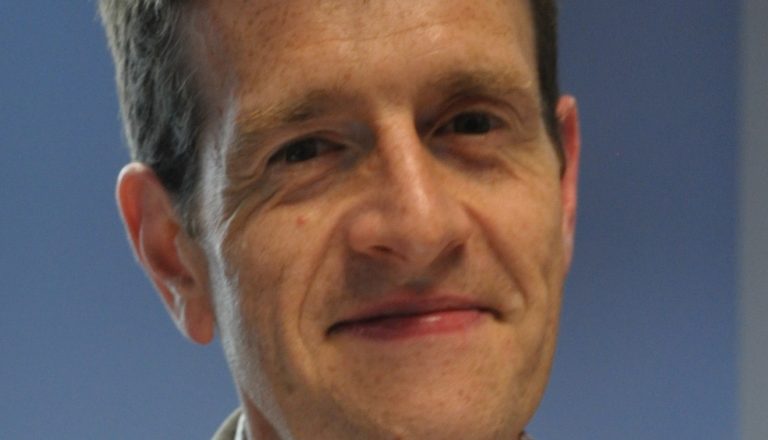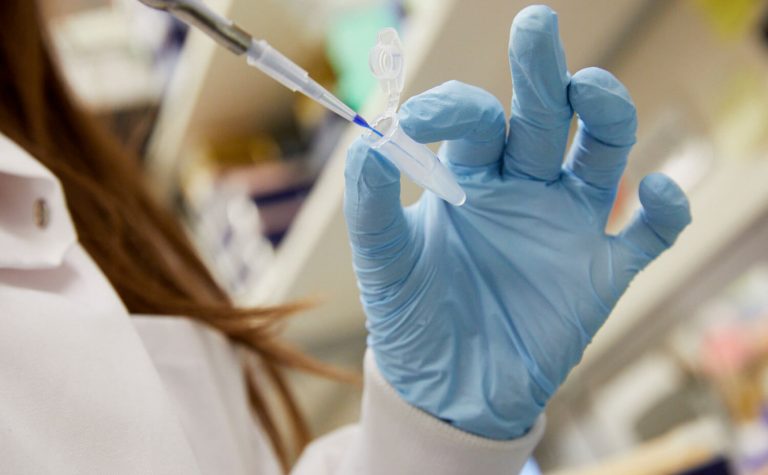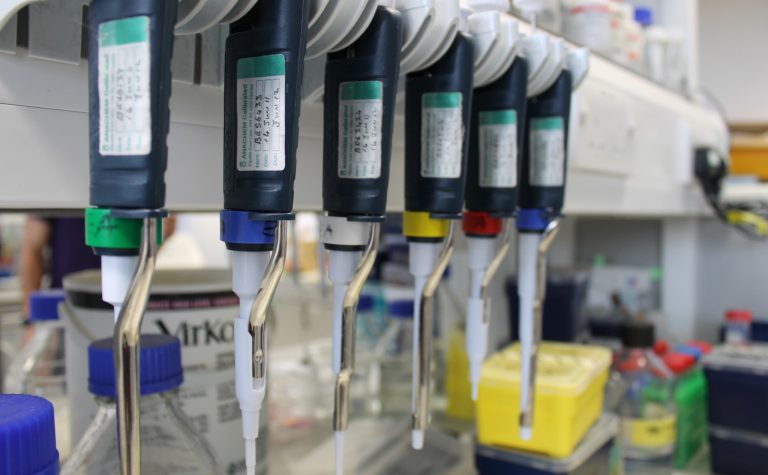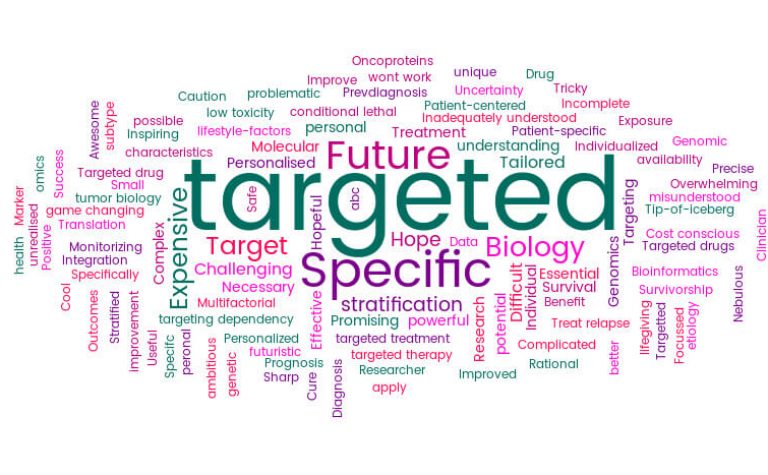We spoke to Professor Anthony Moorman, working on investigating the clinical relevance of the remaining 15 subtypes and establish whether they can be used prospectively to guide treatment.
Q: How and why did you become a researcher?
A: I went straight in research after my BSc degree in genetics because I was fascinated by the possibility of using basic science to improve the health of humans.
Q: You are working on research into genetic biomarkers in childhood leukaemia, what made you choose that as a project?
A: When I left University I was interested in many different aspects of biomedical research. My interest in childhood leukaemia was formed during my first job working for an inspirational cancer geneticist – Professor Lorna Secker-Walker. I have been researching the genetics of childhood and adult leukaemia ever since – 32 years and counting.
Q: What is the hardest part of your job?
A: Getting grants to fund my research.
Q: What is the most rewarding part?
A: Seeing the results of my research actually being used by doctors to change treatment.
Q: Ultimately what do you hope your research will lead to?
A: Each patient with leukaemia being treated with the least toxic therapy for their individual type of cancer.
Q: Who have you admired in the history of researchers/medicine and why?
A: All the technical specialists who work tirelessly behind the scenes to generate high-quality results.
Q: What advice would you give someone considering research as a career?
A: Develop a five plan. Then revisit and update it every year.
Q: What advances have you seen in your career as a researcher?
A: There have been numerous advances of the years but the biggest for me is the resolution as which we can now interrogate the genome of leukaemia cells. When I started work we were looking at chromosomes down the microscope now we are sequencing the entire genome at single nucleotide resolution!
Q: What difference will your research hope to make to children and young people with cancer?
A: Hopefully my research will provide doctors with robust information about how best to treat patients with different genetic abnormalities.
Q: What do you wish that people understood better about research?
A: How long it takes.
Q: In your opinion, what does the future look like for childhood cancer?
A: Exciting. The first draft sequence of the human genome was published in 2001 to much acclaim and the promise of genomic medicine. 23 years later that promise is being realised in childhood cancer with many of the advances being due that initial work. The next 20 years will see survival rates improve and better treatments come online.
Q: You are working hard to increase the survival rates of children…what is your favourite childhood memory?
A: Riding my bike during long summer holidays.
Q: What is the best advice you have ever been given by anyone?
A: Publish, publish, publish!
Q: How do you unwind after a day at work?
A: Relax with family and cats.
Q: Do you have any message for children undergoing cancer treatment at the moment?
A: Thank you for consenting to being part of clinical trials and research studies.
Learn more about Prof. Anthony Moorman research project on tailored-treatment for acute lymphoblastic leukaemia:
Read more


